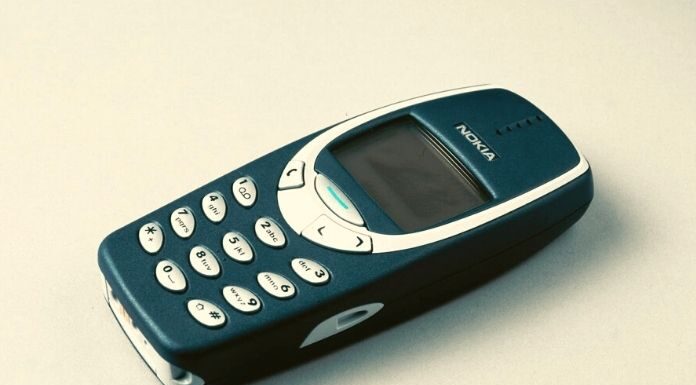Nokia 3210: Yes, there was! Before smartphones, WiFi and Google, we still had cell phones with buttons and listened to cassettes. In our nostalgia series, we at BASIC think about remembering those “old” times – sometimes with sadness, sometimes with relief that technology has advanced. This time we recognized the classic Nokia 3210 cell phone. The Nokia 3210 will always have a special place in my heart: it was my very first cell phone. That was when cell phones were called and were neither “smart” nor “touch”.
There were no apps, you couldn’t listen to music with them, the internet was priceless, and there were only a few straightforward games for a change. Still, the takeaway phone seemed insanely cool to us back then.
Nokia 3210: The SMS Cell Phone Of A Generation
What may be unimaginable for the younger generation: I was 18 when I got my first cell phone, the Nokia 3210. I had just gotten my driver’s license, and my parents wanted me to be able to reach someone on the go in an emergency. It was similar among friends, and the Nokia 3210 was THE cell phone of my generation, at least in the first few years.
Of course, like most of my friends, I didn’t use it so much for phone calls, but mainly to write text messages. This was initially because cell phone tariffs were expensive, and text messages were cheaper than phone calls.
At that time, there were no cell phone contracts. Instead, we all had prepaid credit, which always seemed to be used up too quickly, given the high costs. This is how we perfected the art of SMS. Writing SMS quickly developed into a new form of communication more excellent than making a phone call.
At that time, it still meant: press a button with your finger to write a letter from today’s perspective that sounds backward. But at some point, I knew exactly which key I had to press and how often for which letter – and where and how far the keys were on the Nokia 3210.
Our thumbs just swept over the buttons, and we had quickly developed a kind of shorthand language to keep the SMS as short as possible because we wanted to save money, but to say as much as possible. And that was at a time when emojis were only known from chat rooms and still had to be written with the classic punctuation marks; -)
Why Make A Phone Call When You Can Let The Doorbell Ring?
To use the cell phone credit even more efficiently, we developed a bell communication system. For example, if someone was at the agreed meeting point but could not see the other person, “you let the doorbell ring briefly”. Then the other knew that one was already there. Either a short text message came back, like “Right there.” Or the person appeared from somewhere where they had not been seen.
But everyone knew that you didn’t answer when you let the doorbell ring. That would be wasted credit, after all. Sometimes you let the doorbell ring when you run out of credit and should call the other person back. Other times it was a warning sign. Then again, just a short greeting from afar.
Today I don’t even remember how we always knew exactly what was meant by letting the bell ring, but it worked.
When A Cell Phone Was Just A Cell Phone
The Nokia 3210 was no longer cool enough, and I replaced it with the Motorola flip phone, the Razr V3. Today I sometimes miss the simplicity of my first cell phone and the fact that the battery could last for several days on one charge. Our cell phones were practical primarily items in the late 1990s and early 2000s. Only Steve Jobs changed that with the iPhone.
And while it is, of course, incredibly advanced to have a multitasking minicomputer with you at all times, I sometimes indeed wish for the days of the Nokia 3210 when a cell phone wasn’t a smartphone, just a cell phone.
ALSO READ: Content Moderation In Social Networks: Should AI Be Controlled?

